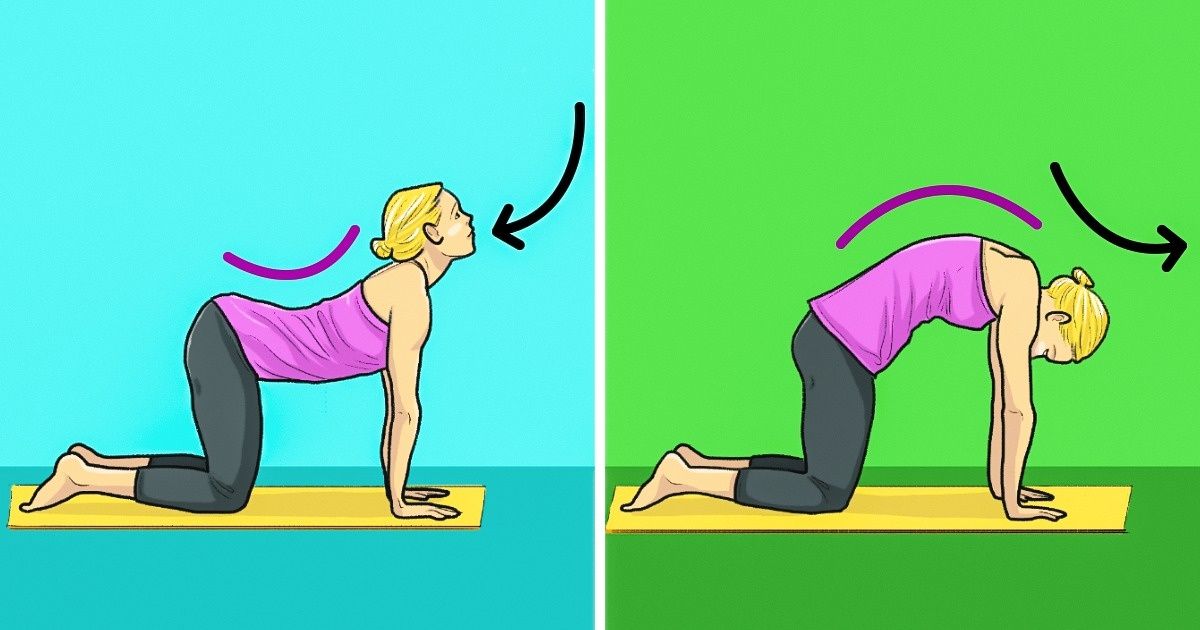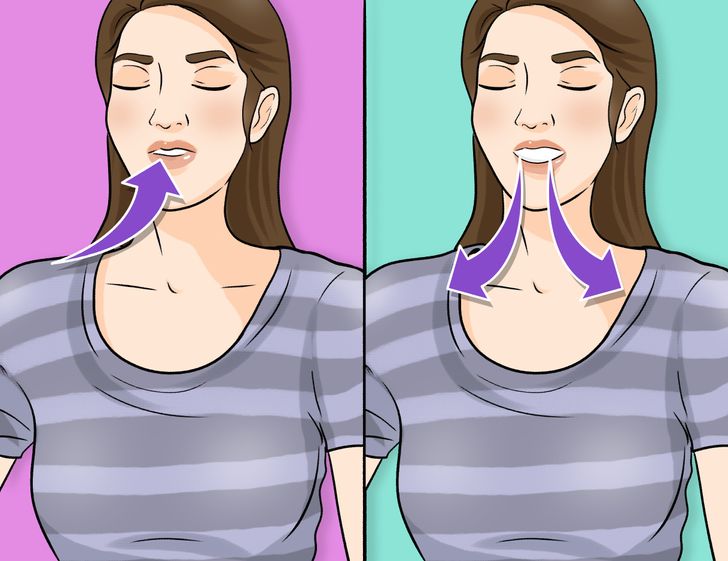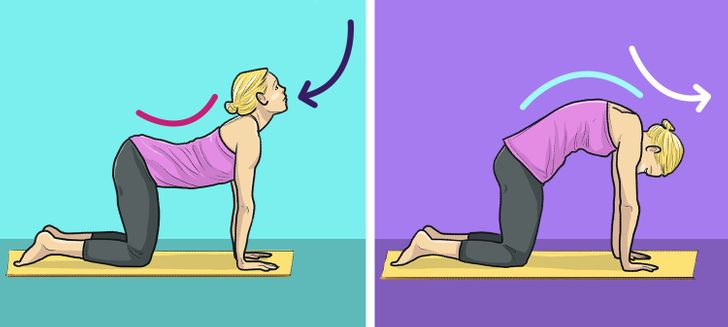My Family Chose My Brother Over My Wedding, So I Cut Them Off


Not only does yoga help you find harmony and clear the mind of unnecessary thoughts, but it also helps strengthen the body. People who often do yoga can easily be mistaken for frequent visitors of the gym. For example, the actor, singer, and artist Jared Leto does yoga on a regular basis and he has already earned the title of a man who doesn’t age.
Bright Side has gathered some tips and asanas that will make your yoga workout more effective.
To practice yoga, you need to prepare. Below is a list of things to keep in mind and to be ready for when you’re about to start your yoga session:

Correct breathing during yoga not only allows you to get the desired effect from the asanas, but it also helps you reach a special meditative state.
There are a few things to keep in mind:

Technique:
Technique:
Features:
This pose is helpful when it comes to removing fatigue and returning lost energy. It is essentially useful for runners who need to rest after a race. The posture develops a feeling of lightness in the legs, promotes the softening of salt spurs, and relieves pain and stiffness in the heels. It also strengthens the ankles, forms a beautiful outline of the calf muscles, and helps relieve the pain of arthritis in the shoulder joints.
Technique:
This asana tones the muscles of the legs, developing the mobility of the pelvic joints, strengthens the knees, ankles, and opens the chest. It also promotes weight loss and eliminates any deformities of the legs. It also relieves pain in the back and neck.
The pose of Warrior I strengthens the feet, hamstrings, quadriceps, and gluteal muscles, and it works your abdominal muscles.
Technique:
Technique:
Pay attention to the following points:
Technique:
Note that the entire body, excluding the supporting leg, must be parallel to the floor.
It’s necessary to keep a few things in mind when doing this pose. In order to maintain your balance, firmly press the supporting foot to the floor, lean more firmly on the big toe of the upper leg, and focus on any point in front of you. Stretch your back from the coccyx the crown.
Technique:
Which asana did you like the most? How has yoga helped you in your life? Share with us in the comments!











